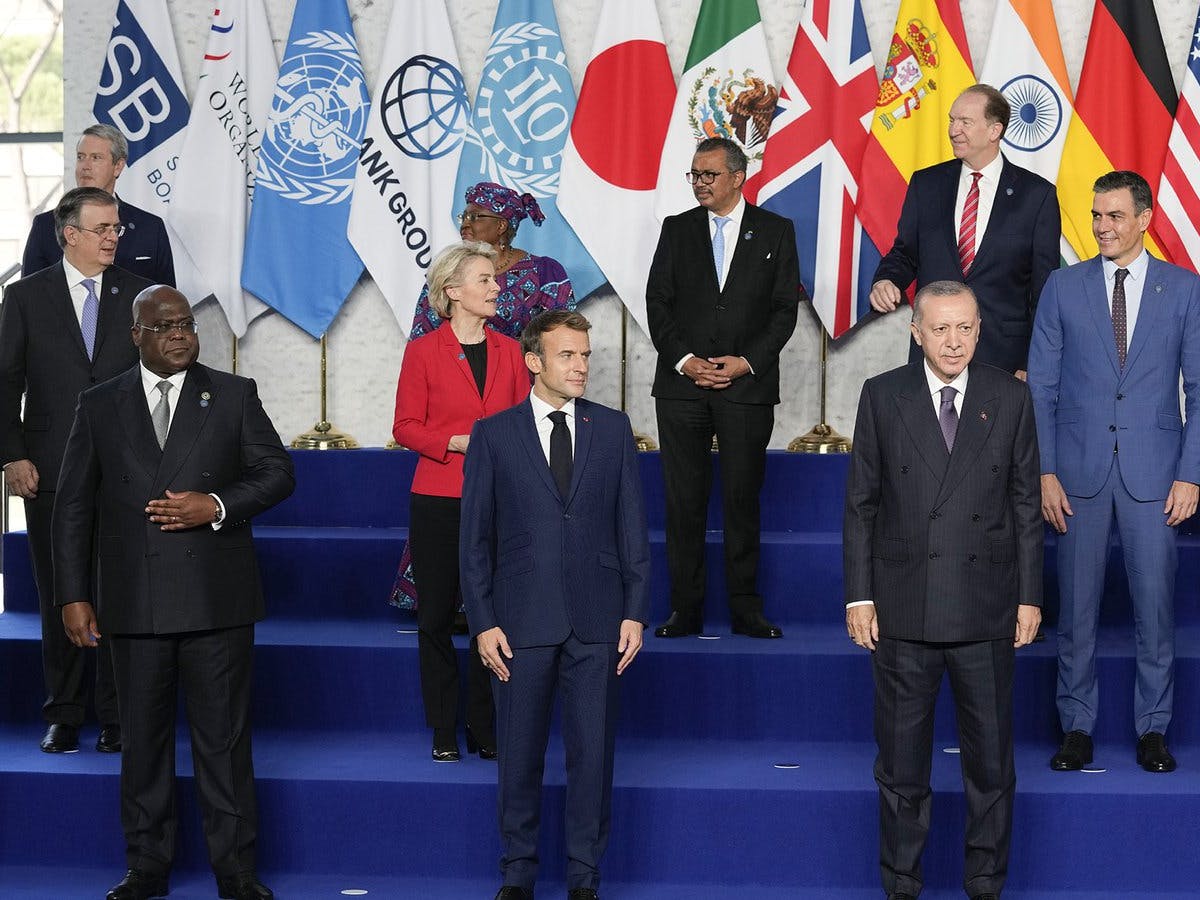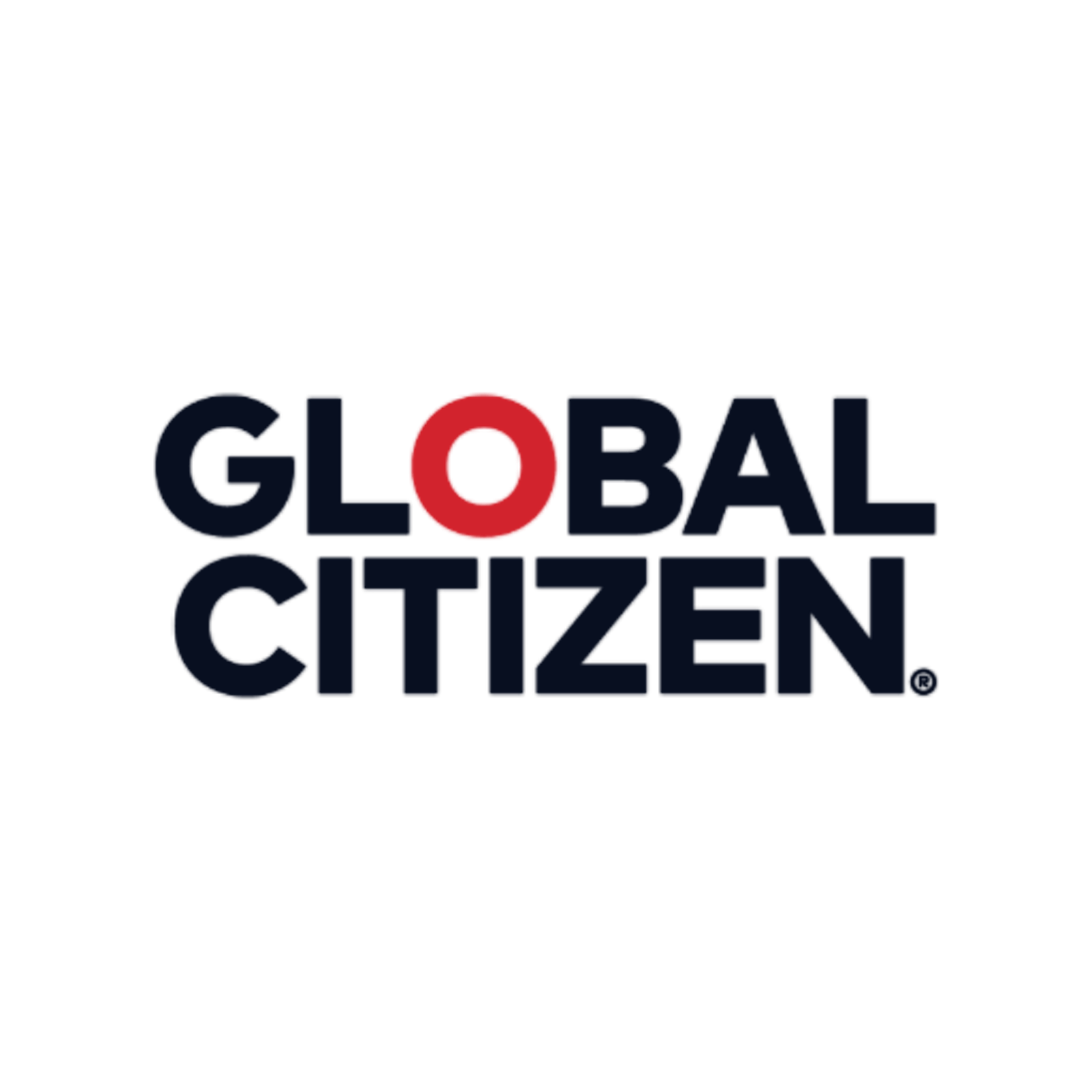The Group of 20 (G20) Summit in Rome wrapped up its final discussions on Sunday, with the world’s largest economies acknowledging the need for accelerated actions toward global COVID-19 recovery and tackling the climate crisis.
With high-stakes domestic agendas in the background, international calls for vaccine equity, and the United Nations Conference on Climate Change (COP26) kicking off immediately following the G20, this year’s summit posed a big question as world leaders gathered: What does true global leadership look like?
Ultimately, the G20 didn't live up to its expectations, and no concrete steps were taken to start the healing at a time when we need less talk and more action.
The annual forum took place at an intersection of global dilemmas, with countries around the world still reeling from the devastating effects of the COVID-19 pandemic and an increasingly urgent climate crisis. But impact and recovery have been uneven across the world. The poorest countries have taken on the worst health and economic tolls during the pandemic, and the World Bank estimates a 2.7% increase in poverty rates in low-income nations, where only 3.1% of people have received at least one COVID-19 vaccine dose.
On top of that, lower-income countries are already suffering the worst consequences of climate change, from droughts that disrupt food systems to severe weather disasters that destroy homes and livelihoods.
This year's G20 Summit was one of the last chances for leaders to step up and share COVID-19 vaccine doses to end the pandemic for all, save 41 million people from starvation, reallocate global funds to help end extreme poverty, and defend the planet by committing to emissions reductions and climate adaptation.
"This was a moment for the G20 to act with the responsibility they carry as the wealthiest economies on the planet — both to end the pandemic and to curb climate change," Global Citizen said in a statement. "Yet all we saw were more platitudes. This was an opportunity for concrete actions to show how multilateralism is the best answer to tackling the converging crises we face today, but the G20 let the world down."
With everything on the line, what did world leaders fail to deliver? Here’s a recap from this year’s G20 summit.
Global Health
Last year’s G20 summit ended in commitments toward vaccine equity and loose promises of investments toward the Access to COVID-19 Tools (ACT) Accelerator and vaccine-sharing initiative the COVID-19 Vaccine Global Access (COVAX) Facility. Since then, little progress has been made to protect the world’s vulnerable and vaccine donations have continued to fall short of their goals.
This year, we called on G20 leaders to finally make vaccine equity a reality and share 1 billion doses to lower- and middle-income countries through COVAX by the end of 2021 and meet the World Health Organization’s (WHO) goal of vaccinating at least 70% of people in every country against COVID-19 by June 2022. In light of the delays of the past year’s vaccine rollout, we also called for greater transparency on the COVAX delivery process. And to reach full vaccine equity, we highlighted the necessity for a temporary waiver of COVID-19 vaccine intellectual property rights from the World Trade Organization (WTO) and pharmaceutical companies so countries with low vaccination rates can start producing their own vaccines.
G20 Summit Results
While the G20 set themselves the goal to vaccinate at least 40% of the population of each country by the end of the year, and 70% by June, there is no plan to get there. This is after 18 months into the pandemic and while poor countries have a vaccination rate of less than 5%. Even basic data is still missing on vaccine production and distribution. Where are the doses?
Hunger
The COVID-19 pandemic and climate-driven disasters have wreaked havoc on our global food systems and pushed 41 million people to the edge of famine. By funding the World Food Programme’s (WFP) Immediate Response Fund, G20 countries could save millions from starvation with a $300 million pledge.
Global Citizen called on G20 leaders to fund short-term relief and invest in long-term solutions such as increasing investments in climate resilient agriculture research and helping smallholder farmers build better local food structures. By upping their investments to $350 million, G20 leaders could ensure a better future for vulnerable people facing food insecurity.
G20 Summit Results
The G20 also failed to take action on hunger. While Madagascar is on the verge of declaring the first climate change famine and more than 40 million people suffer from hunger worldwide, leaders didn’t commit any urgent aid to help those people despite record levels of private wealth during the pandemic.
Climate and Biodiversity
The latest Intergovernmental Panel on Climate Change (IPCC) “Code Red” report showed the devastating effects of global temperature increases beyond 1.5 degrees Celsius — the international limit set by the Paris agreement, which would prevent the worst case scenario of our climate crisis.
G20 countries were asked to recommit to the 1.5 degrees Celsius goal by taking immediate action to cut greenhouse gas emissions in half by 2030, reach net zero emissions by 2050, protect 30% of land and 30% of seas by 2030, and make clear plans for transitions to clean energy. In order to fully address the climate crisis that wealthy countries have contributed the most to, G20 countries were asked to deliver on their $100 billion a year pledge for climate funding in developing nations by mobilizing funds and filling the $15 billion gap.
G20 Summit Results
On climate change, the G20 seems to miss the emergency we are in by not setting a timeline for the end of coal power or subsidies for fossil fuels. They are still not delivering on the US$100 billion annual commitment. More than words, every country now needs to show they are serious by taking accelerated actions, and COP26 in Glasgow is their chance to make good on what will go down in history as a missed opportunity. “By or around mid century” is not good enough. We need to halve emissions by 2030 and achieve net zero emissions by 2050. We cannot hesitate if we are to avoid catastrophic climate change. That the G20 didn’t align on this basic fact is close to negligence for both people and the planet.
Even at our present standing of 1.1 degrees Celsius warming, island nations are disappearing, widespread wildfires consume the land at an unprecedented rate, and deadly heat waves are becoming increasingly frequent and severe. With our current emissions and plans for mitigation, we are on track to reach 2.7 degrees Celsius above pre-industrial levels by the end of the century. But it’s not too late. At COP26 in Glasgow, world leaders have the chance to take bold climate action, reduce emissions, and save the planet from disaster. Make your voice heard and demand more from our decision-makers here.
Financing
While wealthier nations' economies steadily recover from the COVID-19 pandemic, low-income countries most in need of financial assistance have received disproportionately low amounts of international aid. Special Drawing Rights (SDRs) distributed by the International Monetary Fund (IMF) have been a lifeline to global recovery efforts but have mainly benefited larger economies. We urged G20 leaders to redistribute $100 billion of their SDRs to lower-income countries pushed into poverty by the COVID-19 pandemic.
G20 Summit Results
The silver lining of the G20 Summit comes in the form of financial support for poorer countries, with the collective commitment by the G20 to reallocate the IMF financial assets, the Special Drawing Rights, with commitments of $45 billion and the aim to achieve US$100 billion. We call on all of the G20 to step up and go beyond the $100 billion. As a reminder, while the G20 receives two-thirds of the SDRs, they don’t need them to finance their economies and recover from the pandemic.

